SHOHEI OCHIAI
ARTIST
"Not A Straight Line In Sight"
Shohei Ochiai bends perception through a collision of memory, media, and rebellion. Shaped by Japan’s vibrant pop culture of the ’90s, his creations channel humor, disorder, and saturated energy into a singular visual language. The result is work that feels urgent and electric—an invitation to step inside a mind where past and present blur without boundaries. His practice thrives on tension, where chaos becomes clarity and excess transforms into meaning. In every piece, Ochiai pushes viewers to reconsider not only what they see, but how they feel. In every piece, Ochiai challenges the viewer to question the limits of perception and the emotions that surface in response.
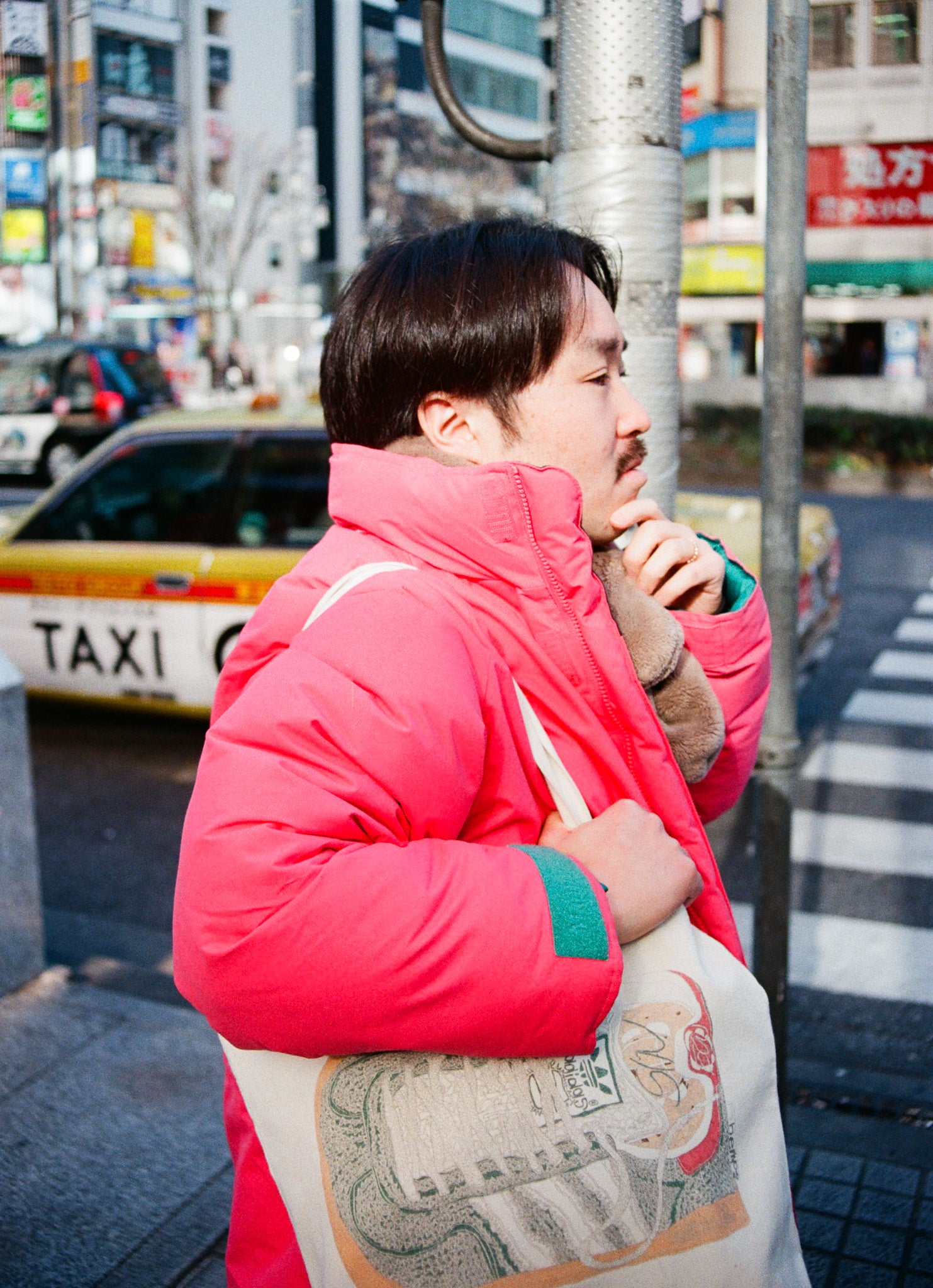
PROLOGUE
Illustration In 1990s Japan, flourished as a response to a society in transition. Artists turned to bold lines, saturated colors, and playful surrealism, channeling both nostalgia and critique. From manga and advertising to underground zines, illustration became a mirror of shifting identities; merging traditional motifs with the rise of street culture, fashion, and technology. Far from decorative excess, these works embodied resilience and reinvention, distilling the decade’s contradictions into images that were at once whimsical, ironic, and deeply reflective of a society in flux.
Shohei Ochiai doesn’t draw straight lines. Not in his work, not in his life. His craft curves and distorts, vibrating with energy... part memory, part rupture.

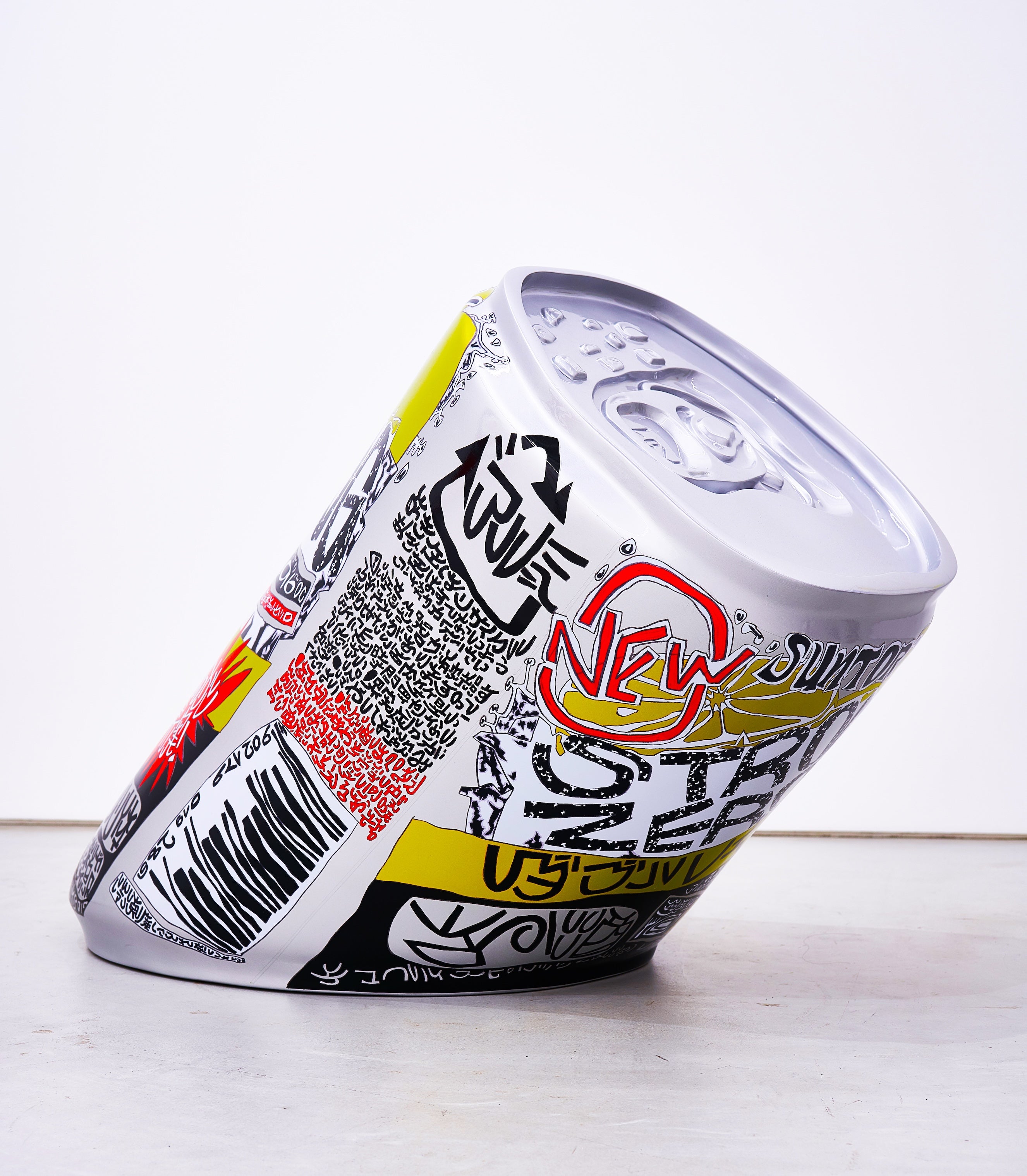
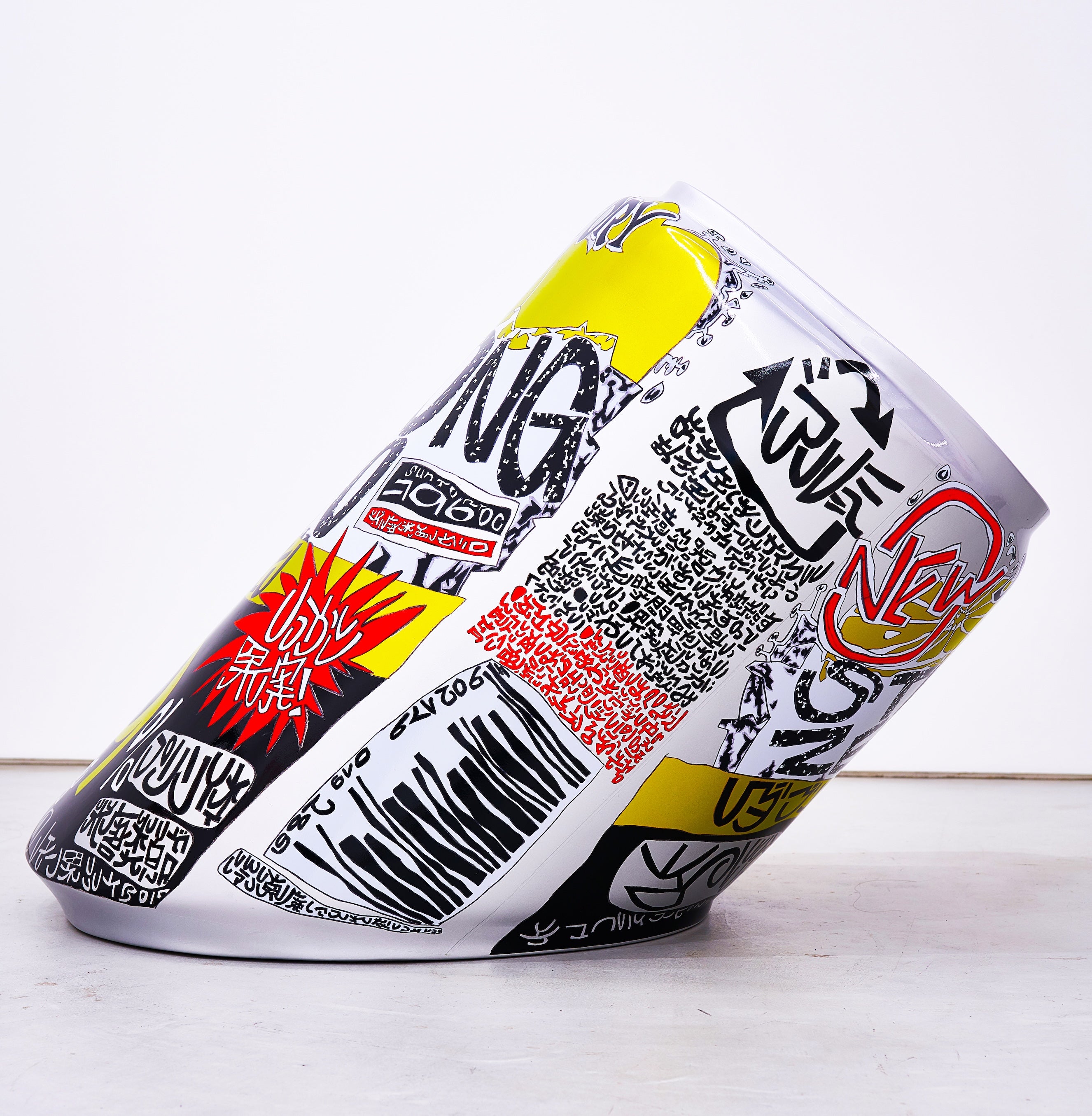

“The 90s in Japan were so colorful, the energy, the variety shows—I wanted to bring that into my paintings.”
Shohei Ochiai doesn’t draw straight lines. Not in his work, not in his life. His paintings curve and distort, vibrating with energy—part memory, part rupture. Born in Japan in the early 90s, Ochiai came of age in a country saturated with color, pop culture, and contradiction. Japanese comedy, chaotic variety shows, and the tactile chaos of analog media etched themselves into his psyche. “The 90s in Japan were so colorful,” he says. “The energy, the variety shows—I wanted to bring that into my paintings.”
That color, however, is not just decoration. It’s a cipher. A clue to a deeper engagement with masculinity, emotion, and how memory mutates over time. “It’s all personal experience,” Ochiai explains. “Chaotic nostalgia, unpacking my own background, those are the themes of my art.” His work doesn’t illustrate these concepts directly, but you feel them in the raw, electric surfaces: faces stretched wide in laughter or horror, iconography half-recognized, like a VHS tape paused for too long.
Ochiai’s visual language is deeply informed by his upbringing, not only culturally but generationally. One of the most touching elements of his interview is a story about his grandfather, a railroad worker who spent his life laying straight tracks across Japan. “He always insisted I draw straight lines," Ochiai recalls. “But I had a rebellious spirit, so he thought, ‘I won’t draw straight lines!’” Shohei iterated upon this act of defiance, and with it, he created an electric style. “Since then, I’ve been rebelling against my grandfather,” Ochiai laughs. “Drawing wavy lines.”
“I won't draw straight lines!"
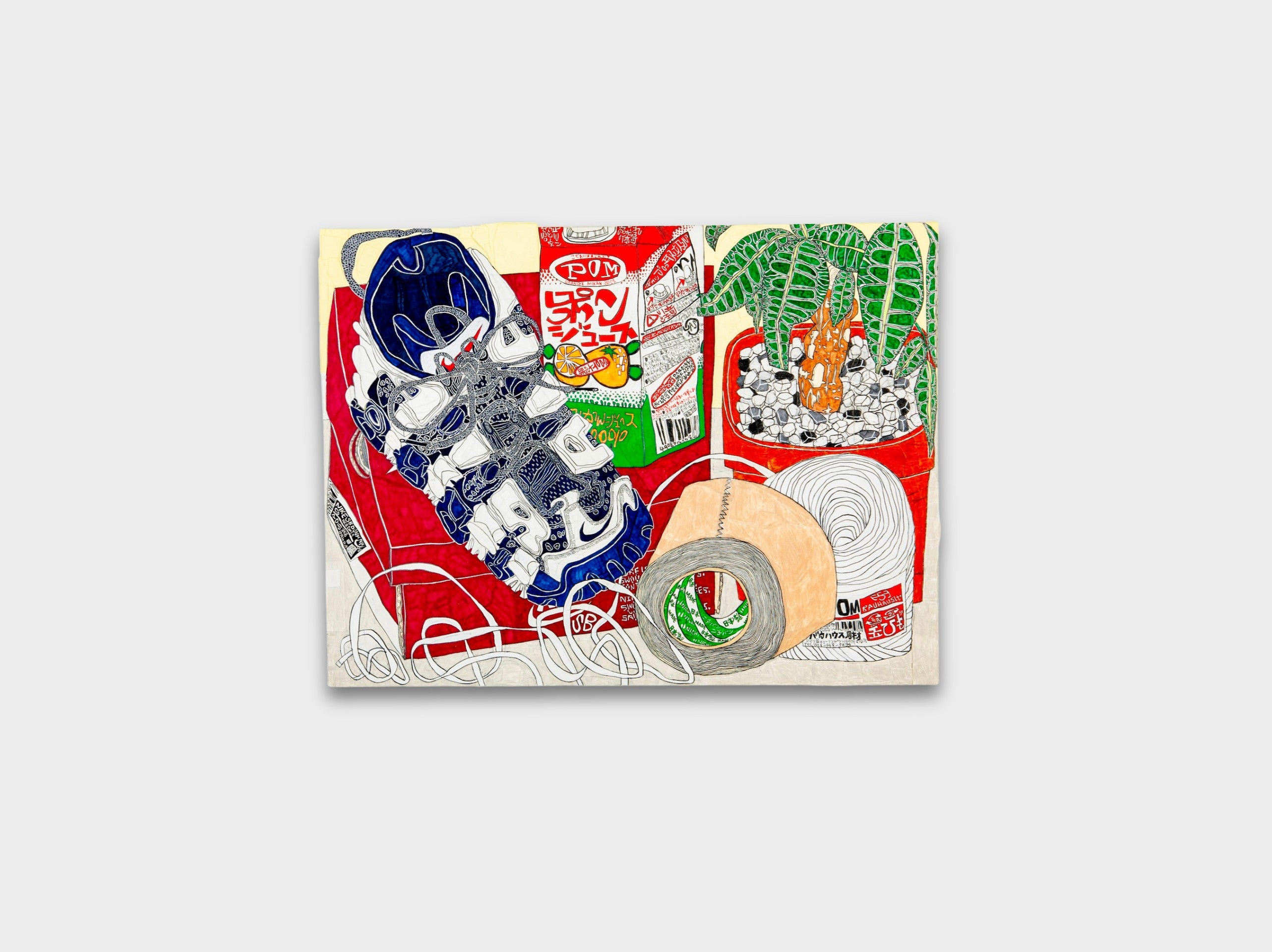
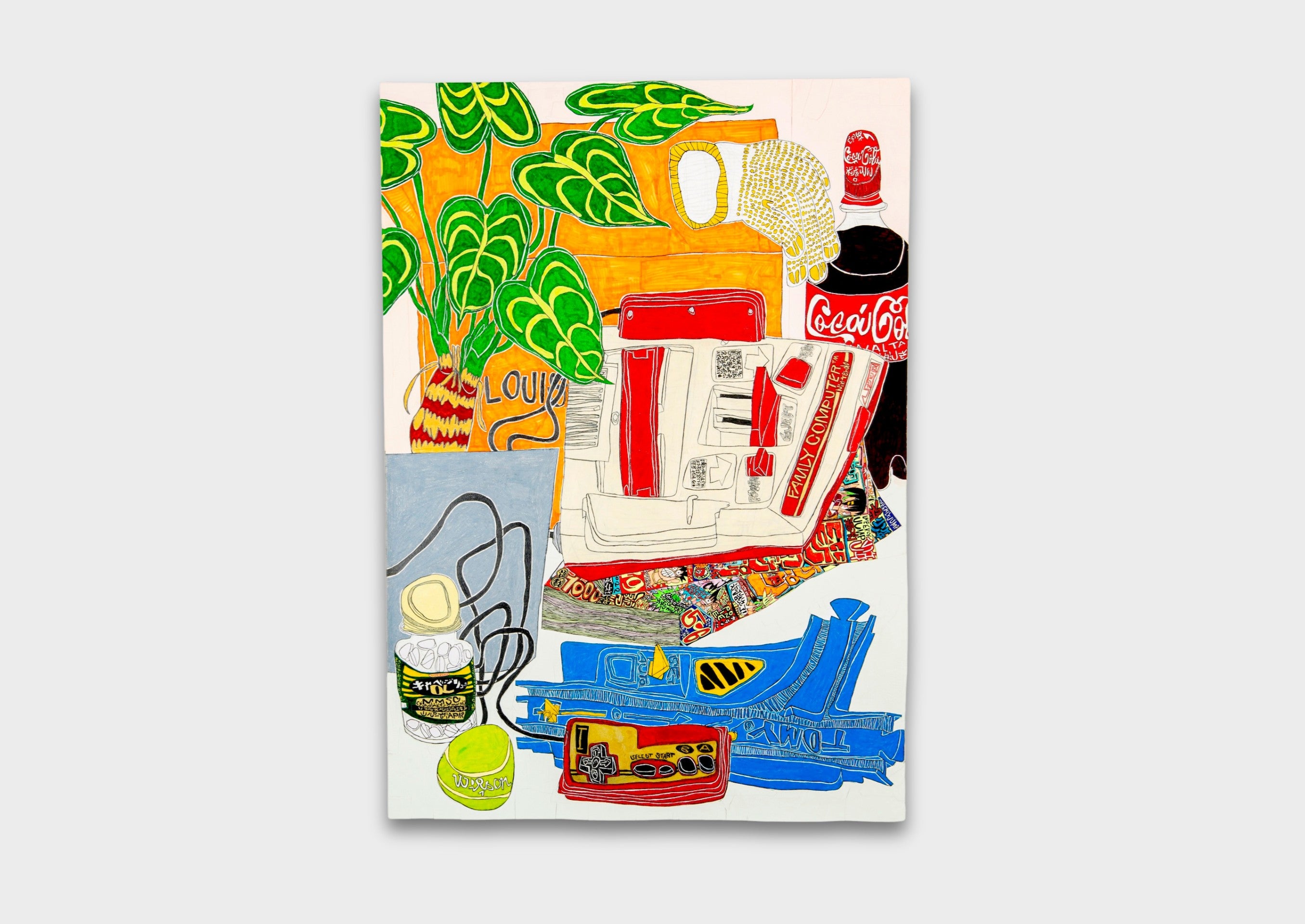

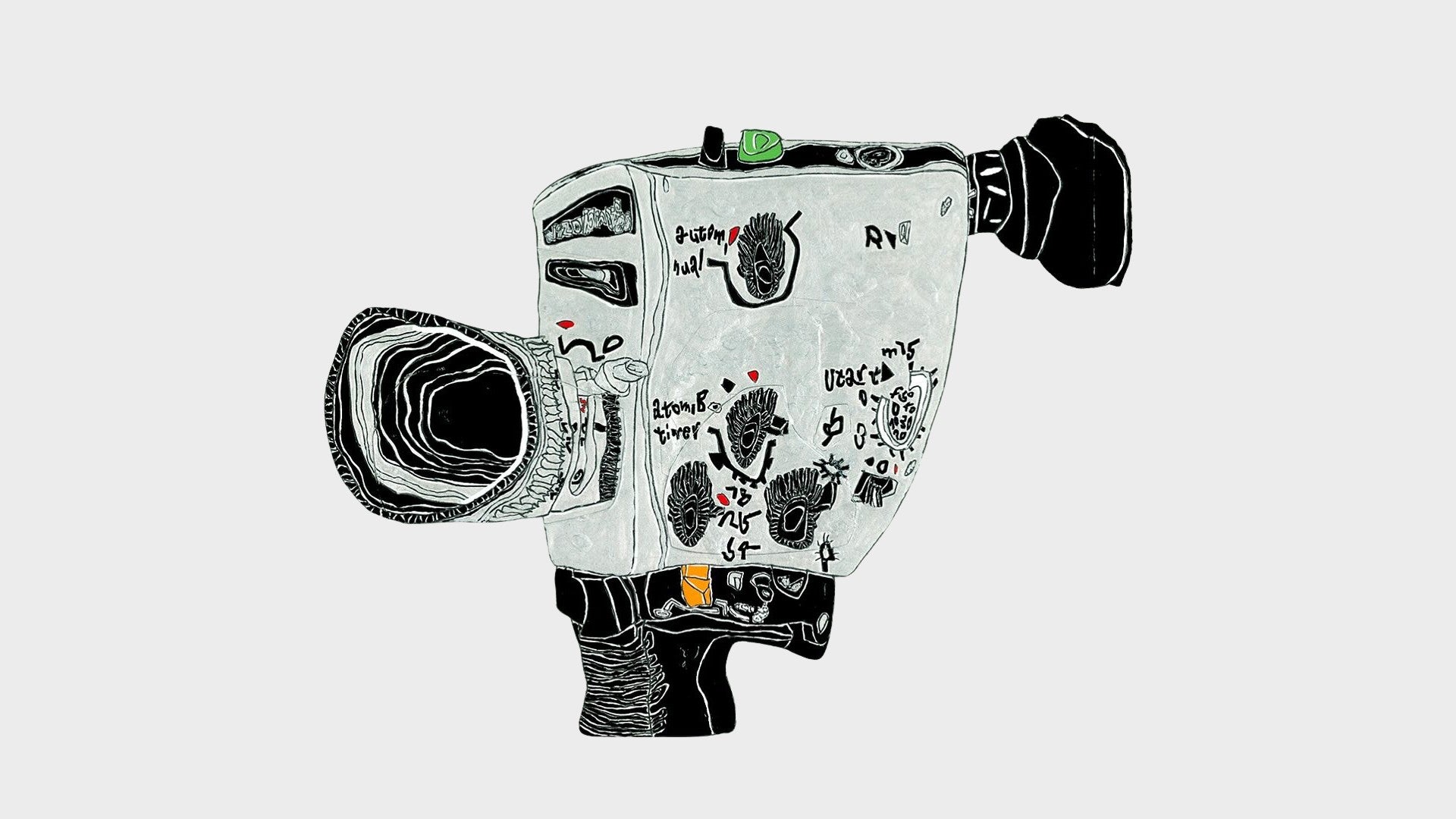

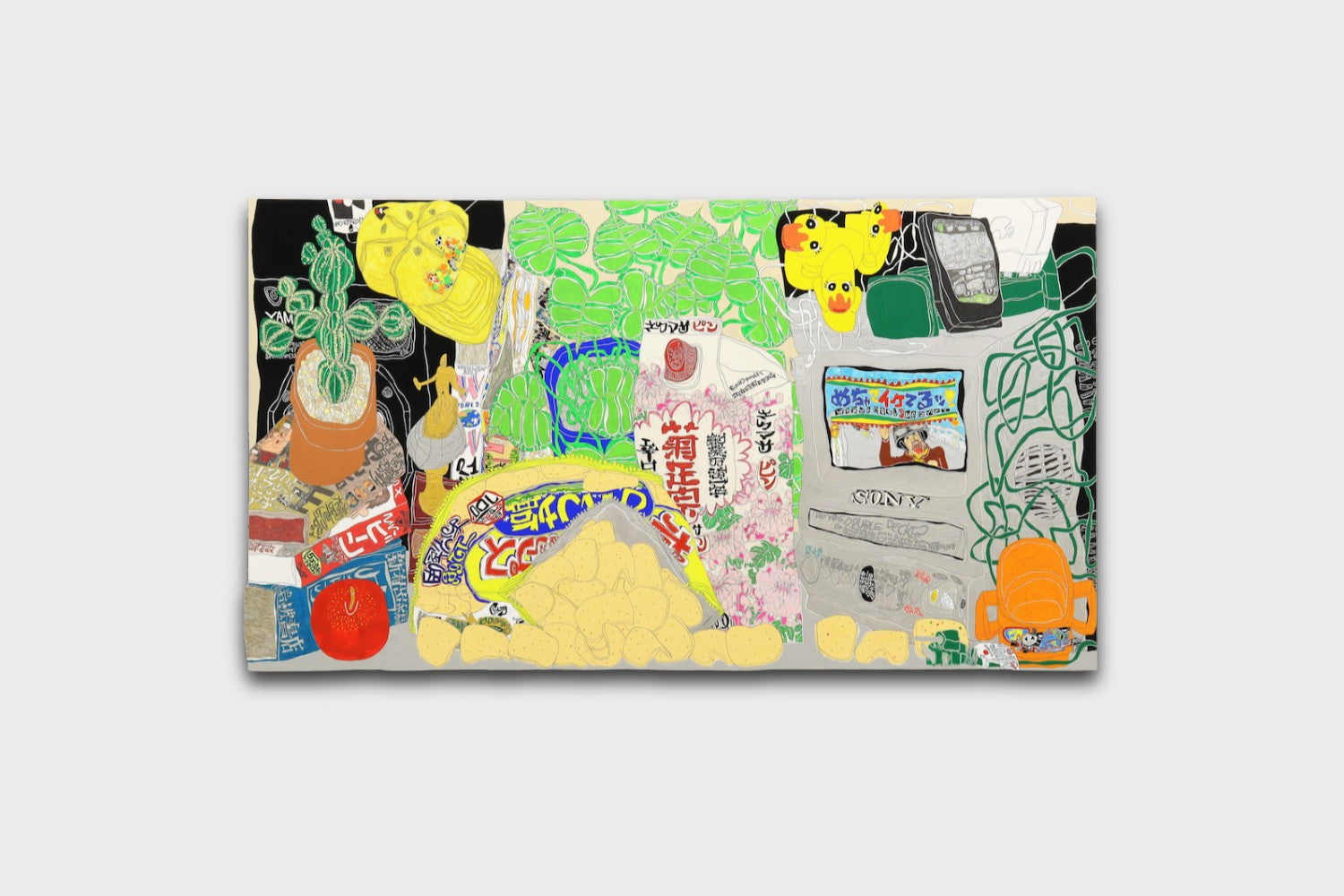
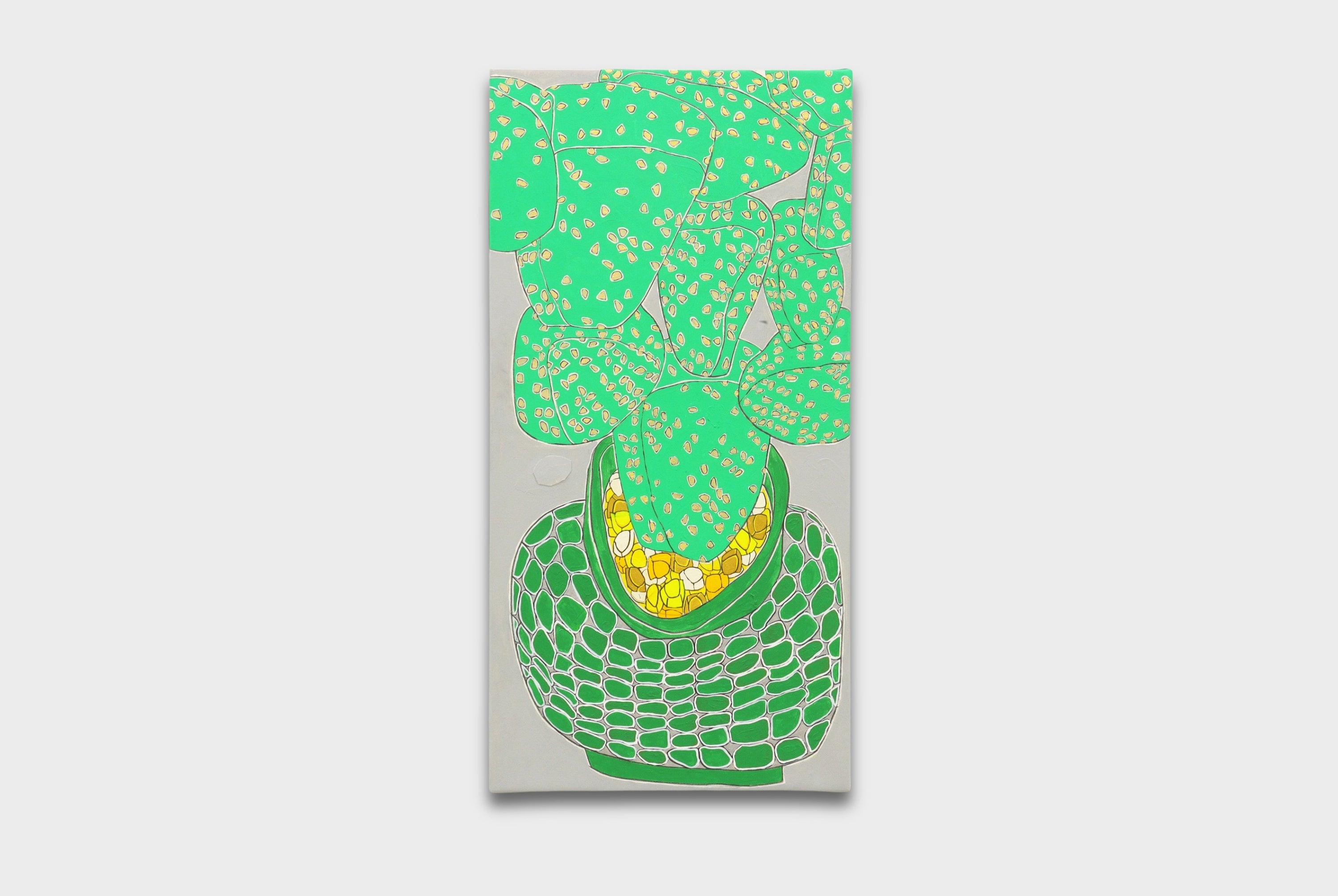

Those wavy lines have become a signature, more than a stylistic choice—they are a thesis. In a country known for minimalist precision and clean design, Ochiai's work feels like a necessary refusal. He’s not interested in clean. He’s interested in feeling. In energy. In expression. In distortion as a way of seeing more clearly.
Ochiai’s process embraces this chaos. He doesn’t create with a polished end in mind. Instead, he lets ideas collide, letting form emerge from intuitive marks. “It’s not that I’m going against tradition” he says “sometimes I’m going against my own expectations”.
“It’s not that I’m going against tradition, sometimes I’m going against my own expectations.”
“Chaotic nostalgia, unpacking my own background, those are the themes of my art.”
Though he’s part of a generation increasingly pulled into the digital, Ochiai’s continues to work in the analog. Even when digitized, it feels handmade. He channels the visual overload of early 2000s graphics, combines it with hand-drawn elements, and laces it with memories—half-formed, half-invented. You can see the past in his work, but you’re never quite sure what’s real. That’s the point.
As an artist working in Omiya, Saitama, Ochiai is at the intersection of commercial vibrancy and personal intensity. His work, however, resists easy consumption. It’s playful, yes—but never ironic. It asks the viewer to look through nostalgia, not just at it. His subjects are absurd and tender, messy and deliberate. In a way, Shohei Ochiai is archiving a past that doesn’t fully exist, but should.
He’s not building a legacy of precision. He’s carving out something much weirder, more human: a visual language for longing, rebellion, and inherited energy. Not a straight line in sight.
Credits:
Dai Furusawa, Toshi __________, 8% Tokyo
NEXT ARTIST

BUTOH

RESTORATION
TOMOHIRO NAITO

GAS CHROMATOGRAPHY
KIRIP TRUMAN
















